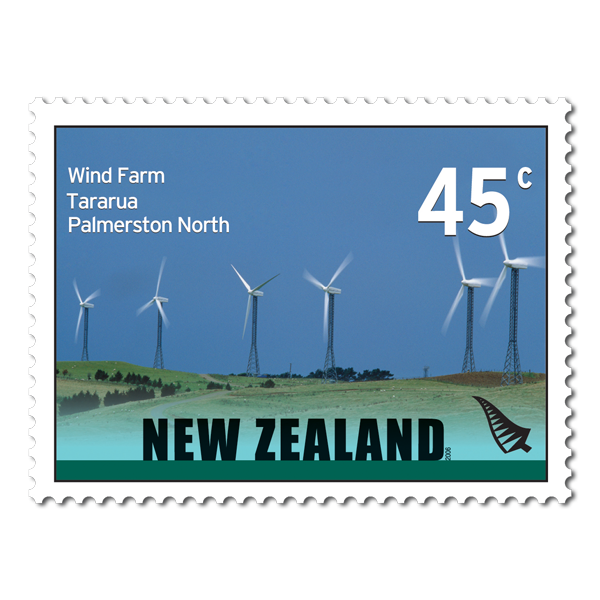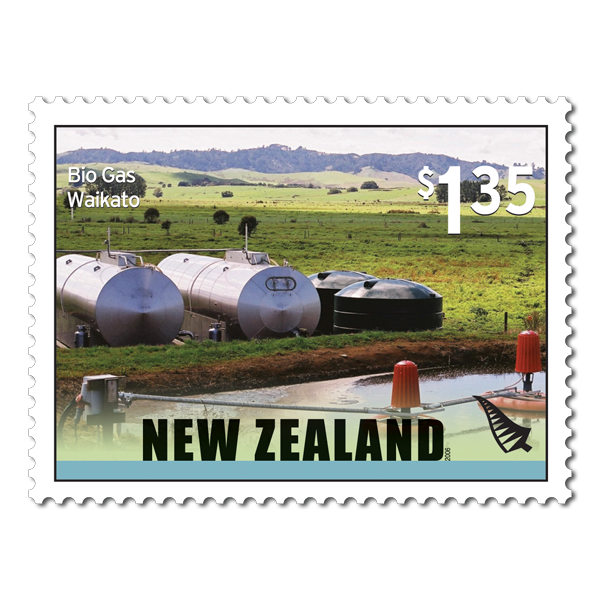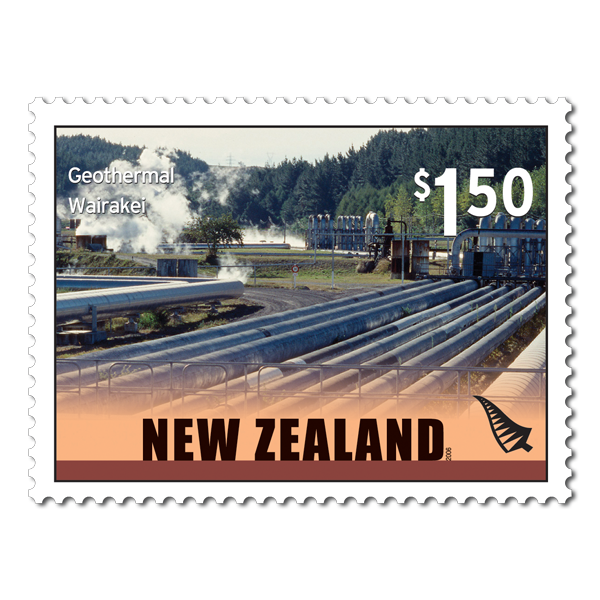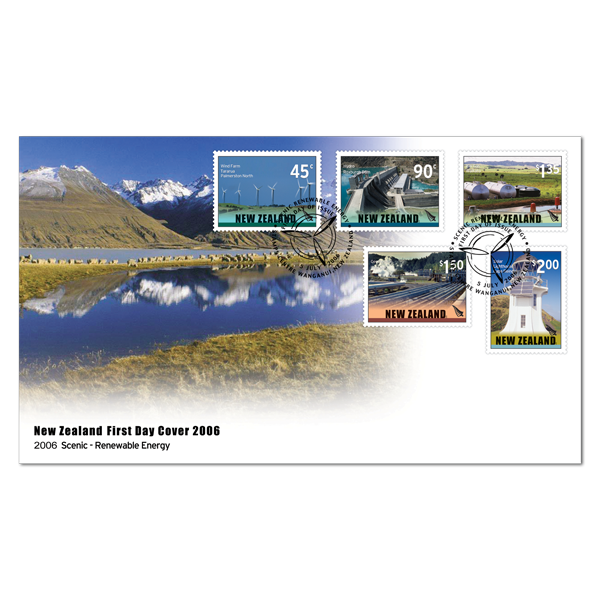Renewable energy is used throughout New Zealand. Hydro systems, New Zealand's largest renewable energy source, generate around 60 - 70 per cent of the country's electricity and is available on an ongoing basis. New Zealand's unique geographic characteristics allow a number of renewable energy sources to be utilised - including hydro, geothermal, wind, biogas and solar.
Issue information
Renewable energy is cleaner and less toxic than burning fossil fuels like coal, oil or gas to generate electricity. Fossil fuels contribute to our biggest environmental threat: climate change. We have already seen the effects of climate change in rising sea levels and extreme weather events across the world.
It is important for New Zealand to consider other ways of meeting its daily energy requirement, as some non-renewable energy sources, such as the supply of gas from the Maui gas field begin to run out.
Product Listing for 2006 Scenic - Renewable Energy
| Image | Title | Description | Price |
|---|---|---|---|
 |
Single Stamp |
Single 45c 'Wind Farm: Tararua, Palmerston North' gummed stamp. New Zealand has one of the best wind resources in the world, and the largest wind farm in the Southern Hemisphere. Located in Tararua, Palmerston North, it can be seen for kilometres. The installed capacity of the wind farm is 67.98 megawatts and it produces enough electricity annually for more than 30,000 homes and offsets approximately 160,000 tonnes per annum of carbon dioxide emissions. A single turbine has the potential to produce enough energy in one year to supply 500 households across New Zealand. |
$0.45 |
 |
Single Stamp |
Single 90c 'Hydro: Roxburgh Dam, Central Otago' gummed stamp. The Roxburgh Dam was commissioned in 1956 and the lake formed by the dam covers an area of nearly six square kilometres, providing an attractive fishing, boating and swimming venue. The water from the lake falls through a pipe called a 'penstock' and is used to spin the turbines. Each turbine produces 56,000 horsepower that turns a generator to produce about 40 megawatts of power. One generator could power more than 400,000 100-watt light bulbs. |
$0.90 |
 |
Single Stamp |
Single $1.35 'Biogas: Waikato' gummed stamp. The biological breakdown of organic matter can be used to create biogas. Decaying vegetable matter, animal manures and sewerage treatments can all be used to produce methane-based gas. The use of biogas is encouraged in waste management because it does not increase the amount of carbon dioxide in the atmosphere, which is responsible for much of the greenhouse effect. Landfill sites and farms are the most common places to use biogas as renewable energy. Existing sources of biogas in New Zealand could supply 30,000 homes. |
$1.35 |
 |
Single Stamp |
Single $1.50 'Geothermal: Wairakei' gummed stamp. New Zealand's geothermal resources provide an abundant source of renewable energy. The Wairakei Geothermal Operations has become a popular tourist attraction. The greater Waikato region harnesses almost 80 per cent of New Zealand's geothermal systems. Eighteen per cent of the country's primary energy supply is derived from geothermal sources. In 1958 the Wairakei plant was comissioned and was the first geothermal power station to produce power commerically. |
$1.50 |
 |
Single Stamp |
Single $2.00 'Solar: Lighthouse, Cape Rēinga' gummed stamp. The solar panels on the lighthouse at Cape Rēinga supply the high-wattage becon batteries which are remotely operated from Wellington. Solar energy is becoming more popular in homes, and can provide up to 75 per cent of a household's water heating during summer. |
$2.00 |
 |
First Day Cover | First day cover with stamps affixed. Cancelled on the first day of issue. | $6.70 |
Technical information
| Date of issue: | 5 July 2006 |
|---|---|
| Number of stamps: | Five gummed |
| Denominations and designs: | 45c Wind farm - Tararua, Palmerston North, 90c Hydro - Roxburgh dam, Central Otago, $1.35 Biogas - Waikato, $1.50 Geothermal - Wairakei, $2.00 Solar - Lighthouse, Cape Reinga |
| Stamps and first day cover designed by: | Watermark, New Zealand |
| Printer and process: | Southern Colour Print, New Zealand by offset lithography |
| Number of colours: | Four process colours |
| Stamp size and format: | 45c, 90c, $1.35, $1.50 40mm x 30mm (horizontal), $2.00 30mm x 40mm (vertical) |
| Paper type: | Tullis Russell 104gsm Red Phosphor stamp paper |
| Number of stamps per sheet: | 25 |
| Perforation gauge: | 14 x 14 |
| Special blocks: | Plate/imprint blocks could be obtained by purchasing at least six stamps from a sheet. Barcode blocks were available in both A and B formats. |
| Period of sale | These stamps remained on sale until 4 July 2007. |

